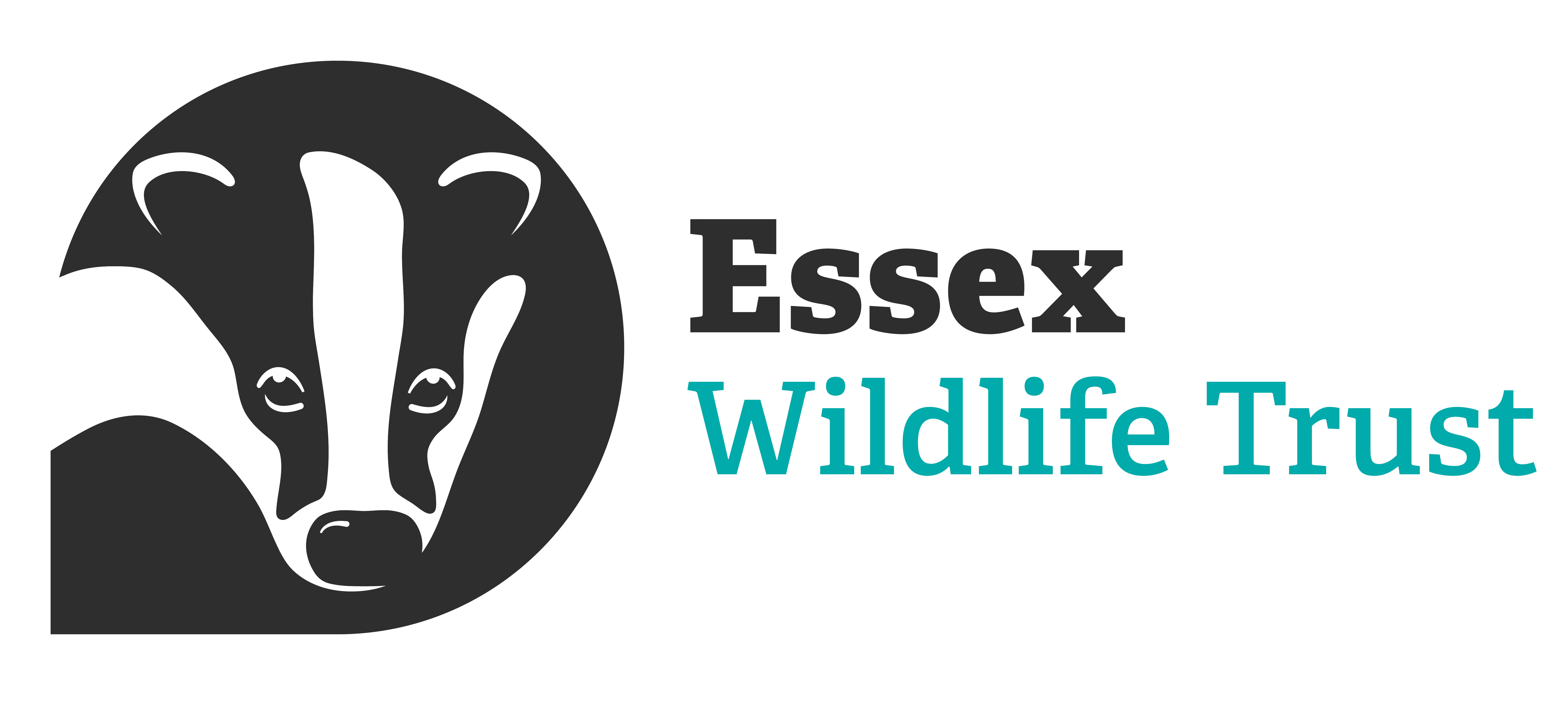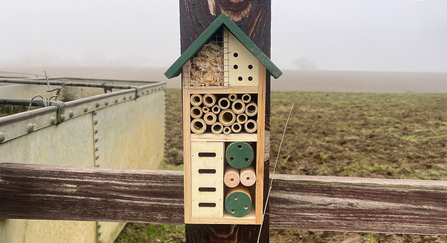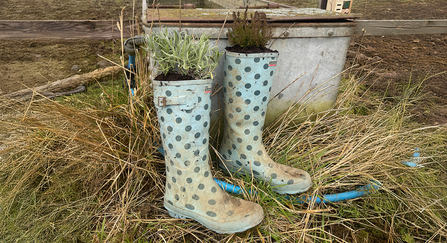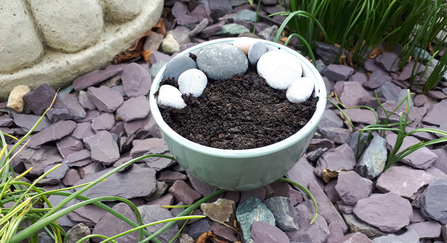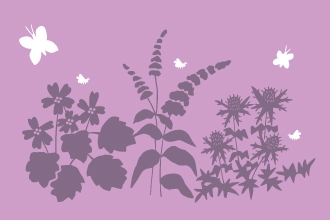As the days warm up and the buzz of spring fills the air, bees, butterflies, and other beneficial insects begin to make their way to stables and paddocks in search of food and shelter. These vital creatures play a crucial role in our ecosystems, and they are essential for healthy, thriving environments. But did you know that your stable, paddock, or farmyard can be a perfect habitat for pollinators if you know how to invite them in?
With a few small changes, you can create a welcoming space that supports these important insects and helps ensure they have everything they need to thrive. Here’s how you can make your stable more pollinator-friendly, starting today.
